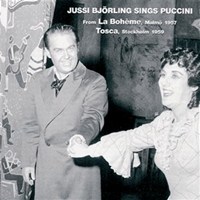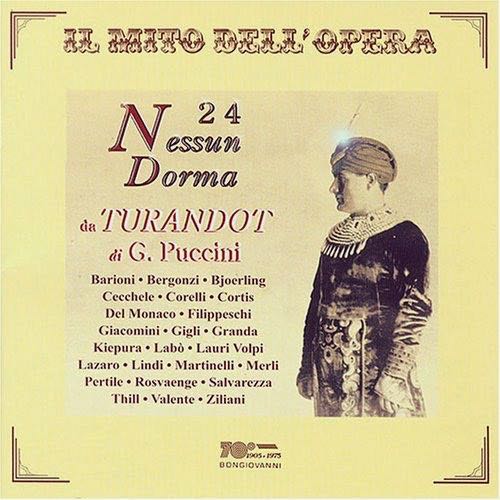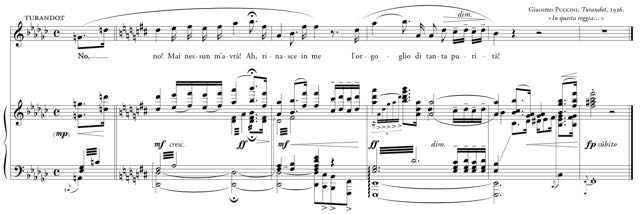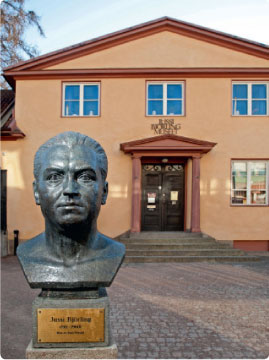Jussi of the Month November 2014
"Nessun dorma!"—the Recording with Tor Mann November 1944
All the quotations are from Stephen Hastings’ book “The Björling Sound” by kind permission of the author.
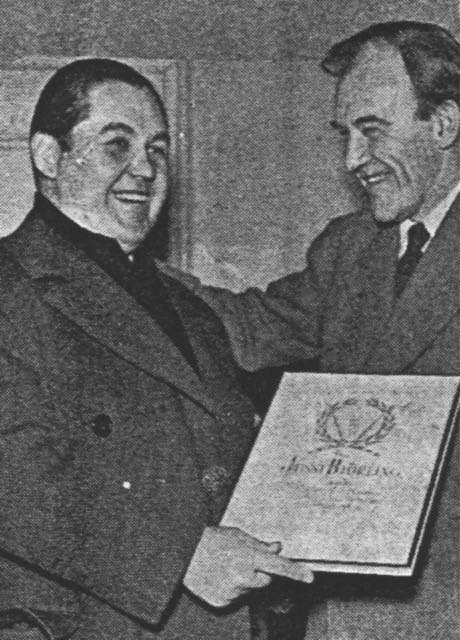
Jussi and Tor Mann
Jussi never appeared on stage in Turandot but he took part in the complete studio recording, mentioned above, issued in stereo by RCA, recorded in Rome in 1959 with among others Birgit Nilsson, Renata Tebaldi and Giorgio Tozzi.
The first recording of Nessun dorma!
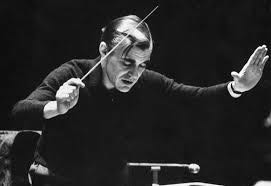
Sixten Ehrling
Jussi’s first recording of Nessun dorma! was on 10 July 1943 with Sixten Ehrling conducting in the Swedish Radio series Sweden Calls America. The series was aimed for the American radio listeners and was set down on shellac records that were flown to America to be broadcast on American radio with one programme per week via around 15 radio stations in the Swedish settlements.
Nessun dorma! with Nils Grevillius one of Jussi’s most successful recordings
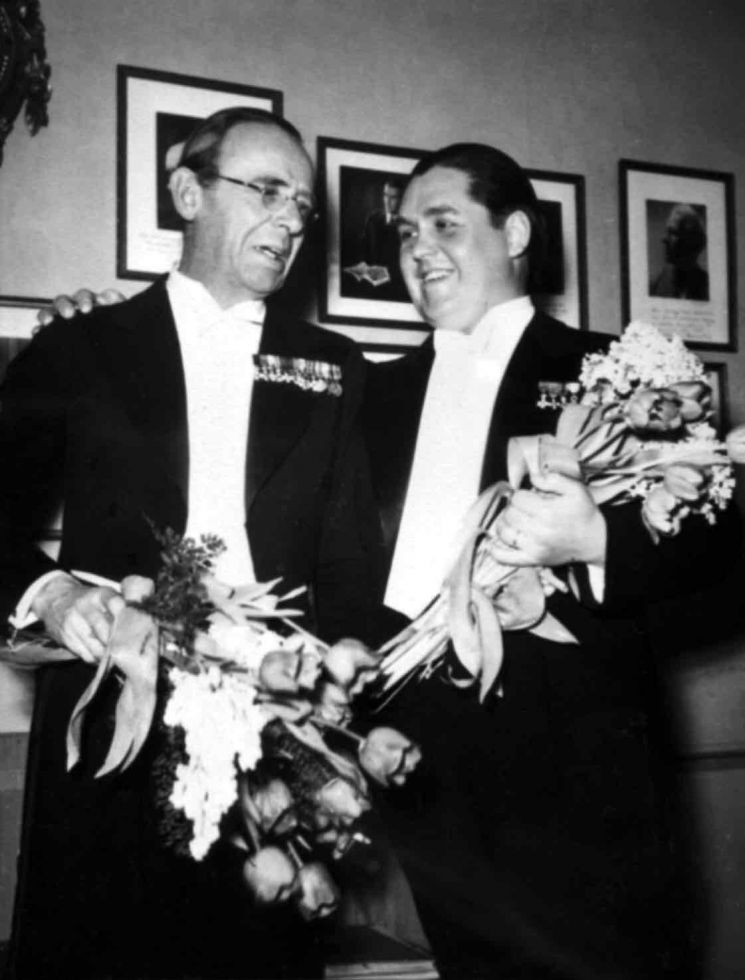
Jussi and the conductor Nils Grevillius
1944 was a year when Jussi was forced to remain within the Swedish boundaries and in March he recorded Nessun dorma! with Nils Grevillius for HMV. That recording turned out to be one of his most successful, artistically and commercially.
Nessun dorma! with Tor Mann
On 10 November 1944 he sang the aria at a broadcast concert during the Festival of the Stockholm Musicians, parts of which was preserved in the archives of Swedish Radio.
Jussi was soloist at the opening concert of the festival at the Concert Hall in Stockholm with the Swedish Radio Symphony Orchestra under Tor Mann. The festival was arranged by Swedish Musicians’ Association to the benefit of the Humanitarian Orchestra Foundation.
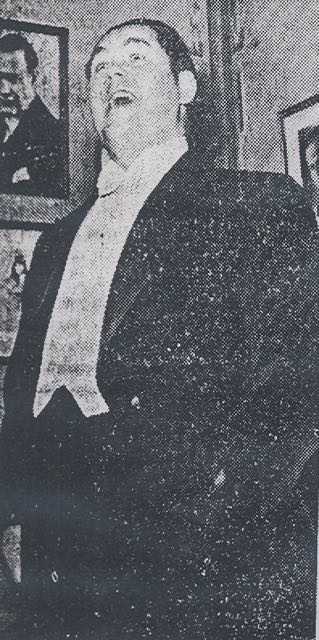 Although only half a year separate these recordings of Nessun dorma! they are markedly different and Mann’s tempo is much slower than Grevillius’ – the difference is about half a minute. At that slow tempo Jussi manages extraordinarily beautifully to catch the lyric atmosphere of the aria and at the same time perfectly negotiate the mighty climax – a recording that artistically can stand comparison with any other.
Although only half a year separate these recordings of Nessun dorma! they are markedly different and Mann’s tempo is much slower than Grevillius’ – the difference is about half a minute. At that slow tempo Jussi manages extraordinarily beautifully to catch the lyric atmosphere of the aria and at the same time perfectly negotiate the mighty climax – a recording that artistically can stand comparison with any other.
The concert was broadcast live and Jussi sang three Swedish songs: Skogen sover and Jag längtar dig by Hugo Alfvén and Tristans död (Death of Tristan) by Ture Rangström. After the interval there were opera arias: Una furtiva lagrima from L’Elisir d’amore by Donizetti, Addio alla madre from Cavalleria rusticana by Mascagni and Nessun dorma! from Turandot. As an encore he sang La donna è mobile from Rigoletto. The first three arias have been issued by Bluebell (ABCD 092 & 103) from the Swedish Radio archives.
Not until 55 years after Jussi and the Swedish Radio Symphony Orchestra under Tor Mann performed Nessun dorma! was it issued on disc. It was Bluebell who in 1999 issued the CD Jussi Björling Sings Puccini (ABCD 078) where the aria was included as a bonus track.
Please click the picture and it will enlarge!
The aria Nessun dorma! (Quotations from Stephen Hastings)
"With its soaring vocal line rising thrice top to A (capped on the third occasion with a B natural); with its exceptionally delicate yet all-enveloping orchestral accompaniment; with its shifting harmonies (hovering between G major and D major) and spatial depth (suggested by the offstage female chorus), "Nessun dorma!” is one of the most evocative arias ever conceived for the tenor voice. A nocturnal love song sung beneath a starry sky on the steps of a pavilion in the gardens of the royal palace, it starts in an almost passive, introspective manner, taking its cue from the heralds’ offstage warning: “Questa notte nessun dorma in Pekino!”
Nessun dorma! – created for the tenor voice
All the great tenors have sung and recorded the aria, the exception being Enrico Caruso, who wasn’t alive when the opera was premiered in Milan in 1926. Caruso died in 1921.
The opera Turandot
Click the sheet of music and it will enlarge!
Turandot was premiered at La Scala in Milan in 1926. Puccini was never granted to experience the premiere. He passed away in 1924.
(Quotations from Stephen Hastings)
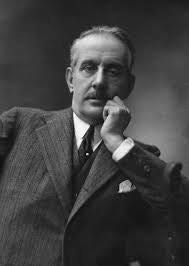
Giacomo Puccini 1924
After Puccini’s death Toscanini tried to engage the tenor for the world premiere at La Scala but was prevented from doing so by Giulio Gatti Casazza, who refused to free him from his Metropolitan contract. One of the opera’s
two librettists, Giuseppe Adami, claimed that the composer had modelled Calaf’’s music to fit the voice of Giacomo Lauri Volpi, but this tenor’s candidacy for the premiere was apparently vetoed by Toscanini, which may explain why Puccini—in September 1924, just two month before he died—sent a telegram to Gigli asking him to sing Turandot at La Scala the following April.
In the end none of these tenors took part in the premiere (Toscanini assigned the part to Spaniard Fleta, who never made discs of any of Calaf’s music) but all three later recorded in “Nessun dorma!”: Marinelli was captured live at Covent Garden in 1937, Lauri Volpi and Gigli in the studio in 1942 and 1949 respectively. Although they were vocally in the decline when the recordings were made, their interpretations of the aria fully justify Puccini’s confidence in their abilities.
Of the three tenors only Lauri Volpi sang the role frequently on stage, right up to the final years of his career in the late fifties, and the theory Björling could have listened to his disc (and may have heard Martinelli over the radio) before he himself was first broadcast singing “Nessun dorma!” from the Royal Academy of Music in July 1943. If he heard the two Italians, however, there is little indication that he was influenced by them, or by any other of the two dozen or so tenors who had been recorded in the aria since the opera’s 1926 premiered."
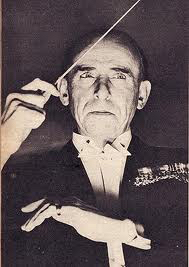
Nils Grevillius
(Quotations from Stephen Hastings)
"In March 1944 Björling recorded the aria for HMV (with conductor Nils Grevillius), and this proved to be one of his most successful discs both commercially and artistically.
Seven and a half month after making the HMV recording, Björling sang “Nessun dorma!” on Swedish radio again, this time accompanied by Tor Mann, who offers the tenor a luxuriantly spacious setting for his long breathed phrasing. The aria lasts 3:51—surely a record among performances by singers of real merit—and is crowned by a phenomenal eight-second top B. Björling adds the occasional extra portamento: the one linking the lower G of “stanza” with the upper F of “guardi” is as graceful as it is rare. Puccini’s music sounds even dreamier here: it is the quality of the prince’s imagination that emerges rather than his desire to conquer.
We only realize that’s there may be some other dimension to this music when we compare this interpretation to other recordings by Martinelli and Lauri Volpi, both of whom project the words with an inexorable resolve that reminds us of the compulsive nature of Calaf’s behaviour, his need to transform his desires immediately into action, whatever the consequences may be, and the strong sense of predestination and inviolability that surfaces in the proud “Ma il mio mistero è chiuso in me.” In Martinelli this single-mindedness has a more noble urgently to it; in Lauri Volpi one perceives the haughty decadence of the proto-fascist hero. This tenor’s “Nessun dorma!” is both fascinating and repellant: less musically enriching than Björling’s, but arguably more convincing within the dramatic context of the third act."
Who was Tor Mann?
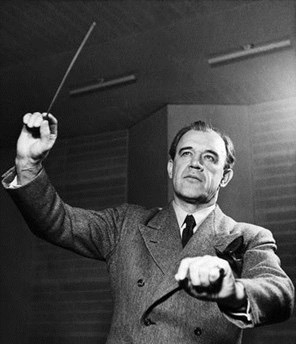
Everyone in Gothenburg knew that during the 20s and 30s. And every musician who tried to learn how to conduct and inspire a symphony orchestra knew him and saw him as a model.
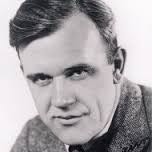
Tor Mann (1894 – 1974), born in Stockholm, Swedish conductor and one of the foremost transmitters of Swedish orchestral culture tradition in later years.
During more than 20 years at the University College of Music he trained several generations of conductors. He started his career as cellist in the Royal Opera Orchestra.
He made his debut as conductor in 1919, became conductor of the Gothenburg Orchestra Society in 1922 and was their principal conductor 1925 – 1939. He was also principal conductor of the Malmö Symphony Orchestra 1925 – 1926. 1939 – 1959 he was principal conductor and artistic director of the Swedish Radio Symphony Orchestra; 1939 – 1961 he taught at the University College of Music, from 1945 under the title of professor.
As guest conductor he appeared in the Nordic countries and on the continent and was an important advocate for Swedish and Nordic music. After his retirement he was active at Ingesund College of Music in Värmland.
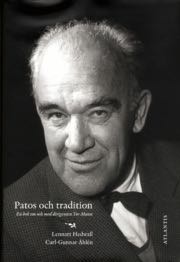 As orchestra conductor Mann represented a spontaneous “musical” approach with detailed but unified readings. He was a keen advocate for Swedish and Nordic music traditions. In particular his readings of the music by Sibelius, Nielsen, Berwald and Stenhammar were held in high esteem.
As orchestra conductor Mann represented a spontaneous “musical” approach with detailed but unified readings. He was a keen advocate for Swedish and Nordic music traditions. In particular his readings of the music by Sibelius, Nielsen, Berwald and Stenhammar were held in high esteem.
There is a biography on Mann by Lennart Hedwall: Patos och tradition: en bok om och med dirigenten Tor Mann (in Swedish only), published by Atlantis in 2011.
Jussi performed with Tor Mann in three broadcast concerts, completely or partly recorded, issued on CD by Bluebell: 10 November 1944, 1 January and 28 September 1945. Besides that Jussi sang three times 1937 – 1939 under Mann at concerts with the Gothenburg Orchestra Society.
Translated reviews from two unknown Swedish newspaper:
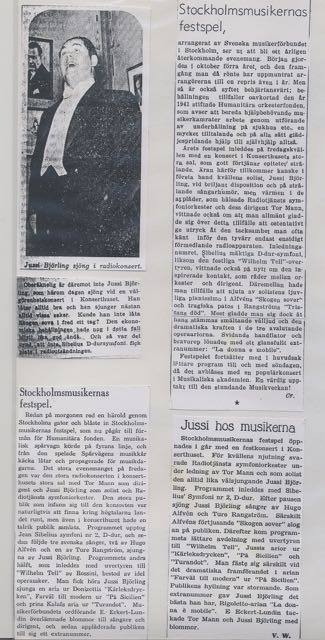
The Festival of the Stockholm Musicians,
Arranged by Swedish Musicians Association, seems to become an annual event. The beginning was in October last year and the success it was met with has encouraged the organizers tom make a reprise also this year. But of course the aim is deserving: the profit in full will go to the in 1941 established Humanitarian Orchestra Foundation, the aim of which is to give musical friends in need work as entertainers at hospitals etc, a very attractive and in every way gratifying aid to helping oneself, in other words.
This year’s festival opened on Friday evening with a concert in the main hall of the Concert Hall, which deserves the epithet ‘brilliant’. The credit goes in the first place to the soloist of the evening, Jussi Björling in radiant disposition and in brilliant singing spirits, but the warmth of the applause that greeted the Swedish Radio Symphony Orchestra and their conductor Tor Mann also bore witness that the audience in general were happy about this opportunity to ostentatiously express the gratitude they often felt in front of the unfortunately one-sided mediation from the radio set. The opening number, Sibelius’ mighty D Major Symphony, as well as the festive William Tell overture also bore witness of the inspiring contact between orchestra and conductor. In between we could enjoy the soloist’s lovely pianissimo in Alfvén’s Skogen sover and tragic pathos in Rangström’s Death of Tristan. But most of all we were happy about the melting euphony of his voice and the dramatic power in the three concluding opera arias. Smarting palms and bravos were rewarded with a brilliant encore: La donna è mobile.
The festival will continue with mainly light music until Sunday, when it is called off with a pops concert at the Royal Academy of Music. A worthy beginning of the coming Music Week!
The Festival of the Stockholm Musicians.
Early in the morning a herald rode through the streets of Stockholm, blowing in the Festival of the Stockholm Musicians Association, now taking place in aide of the Humanitarian Foundation. A musical tram was running on line four, and from it the Band of the Tramway were playing jaunty tunes and propagated for the festival. The great event on Friday evening was the big radio concert at the main hall of the Concert Hall with Tor Mann conducting, Jussi Björling as soloist and the Swedish Radio Symphony Orchestra. The large audience that appeared at the concert was of course to be found the loudspeakers around the country but also at the Concert Hall a numerous audience was assembled. The programme contained Jean Sibelius’s Symphony No. 2 in D Major, and then followed three Swedish songs, two by Alfvén and one by Ture Rangström, sung by Jussi Björling. The second half of the programme which opened with the Overture to William Tell by Rossini, contained nothing but opera numbers. Jussi Björling sang from Donizetti’s L’Elisir d’amore, Addio alla madre from Cavalleria rusticana and Prince Calaf’s aria from Turandot. The chairman of the Swedish Musicians Association E. Eckert-Lundin handed over flowers to singer and conductor and then the audience applauded until they were granted an encore.
Listen to three recordings with Jussi of "Nessun dorma!" from Naxos/Bluebells CD:s:
"Nessun dorma!" with Nils Grevillius mars 1944, 3:21 min
"Nessun dorma!" with Tor Mann, november 1944, 4:07 min


